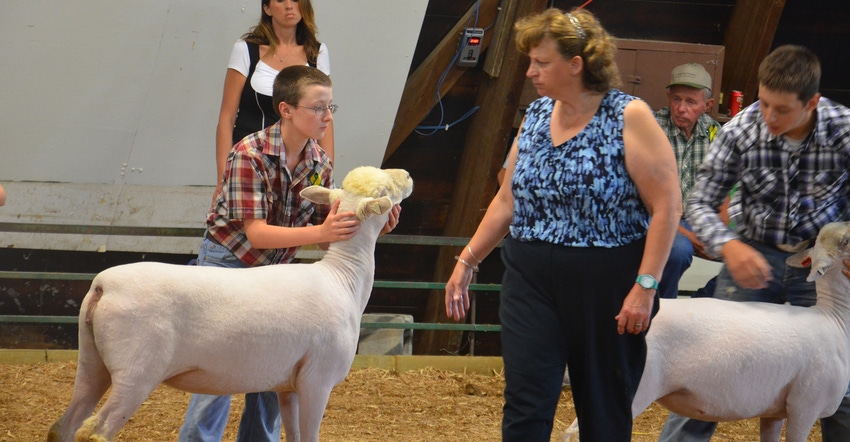May 4, 2020

While I love writing about new technology, I’m not the first to understand how to use it. I wasn’t an early adapter of the virtual world craze, to put it mildly. However, the COVID-19 pandemic left me no choice but to dip my toe deeper into virtual uses.
Here are just a few ways people use the virtual world:
Virtual home schooling. After growing up in a farmhouse with a Bell Telephone Co. black rotary dial phone, I still marvel at FaceTime on iPhones. Yet recently, my daughter filmed my 10-year -old grandson cooking hamburger on her iPhone, then uploaded it to his fourth-grade teacher to show in virtual format that he completed a real-world activity. And my daughter connected live via computer with her 3-year-old’s preschool teacher to do “circle time” in person — just the three of them.
Related: Complete coronavirus coverage
Virtual conferencing. Until the pandemic shut things down, I only thought “zoom” meant traveling very fast! Now I’ve participated in several Zoom conferences. This service allows several people in various locations to hook up at the same time, each using their own computer. I’ve Zoomed to discuss plans for the magazine with six other editors, and I’ve been part of a Zoom meeting to plan an event for a volunteer group which couldn’t meet in person due to the pandemic. No, it’s not the same as face to face — you don’t pick up all the nuances people give off through instantaneous body language. But it allows you to see each other and talk to more than one person in real time. Other platforms accomplish the same thing.
Virtual modeling. This technique was developed well before the pandemic hit. Something called a “USA multiregion input output model,” or MRIO, was used at Purdue University to forecast the size of the potential economic impact if just the top 10 wind energy-producing states in the U.S. expanded output by 5%. As it turns out, it’s a whopping $27 billion. Purdue professors developed the model using Industrial Ecology Virtual Lab infrastructure created at the University of Sydney in Australia. The Purdue model is the first use of a MRIO lab created in the U.S.
Virtual livestock shows. No, I’m not kidding. In fact, virtual county fairs for 4-H’ers could be coming to a county near you if the county fair was slated for June. Purdue Extension elected not to participate with 4-H for in-person county fairs held in June.
However, you don’t have to wait to see if a county near you opts for a virtual 4-H fair, including virtual livestock shows. Walton Webcasting, Walton, Ind., debuted a virtual livestock show on April 18 consisting of 32 animals sold by the Pullen family. Each participant submitted a 90-second video for a judge to evaluate. The company followed that up with a virtual livestock show open to anyone who wanted to participate on April 25.
Will these virtual shows replace the real thing? I certainly hope not! Do they allow people — in this case, primarily 4-H members — to learn when they otherwise wouldn’t be doing anything related to their project? Yes, it appears that they do.
There will never be a replacement for real person-to-person contact in the real world. But even I see the value in using technology in a virtual world. Just don’t “beam me up, Scotty!”
Read more about:
Covid 19You May Also Like




